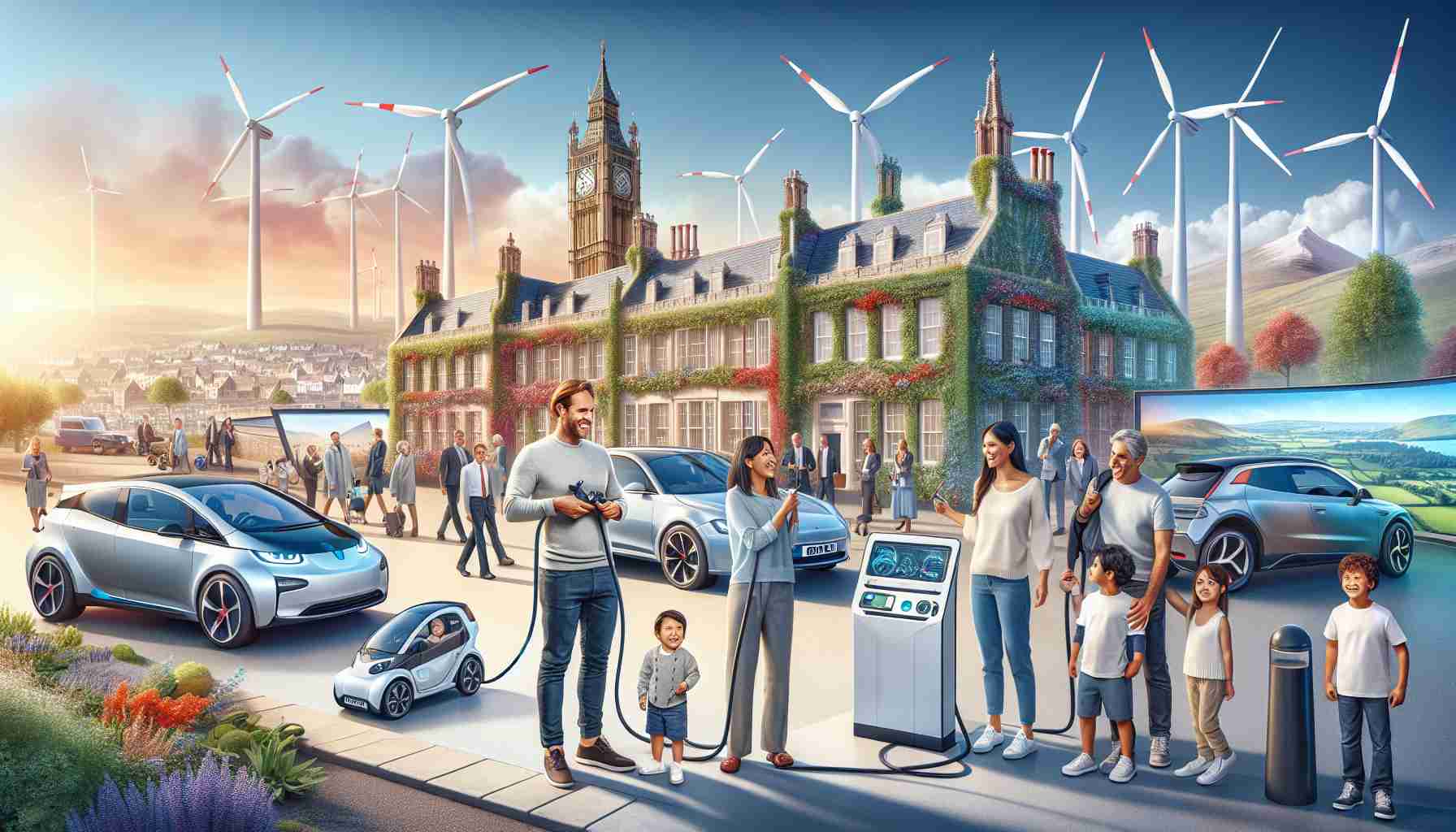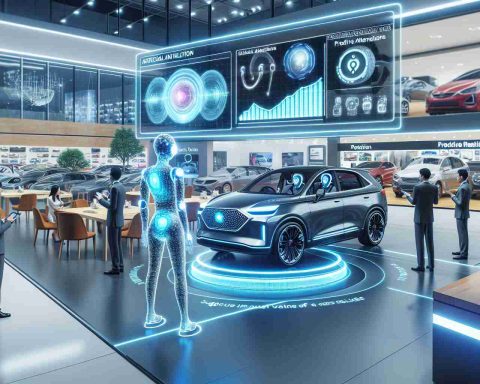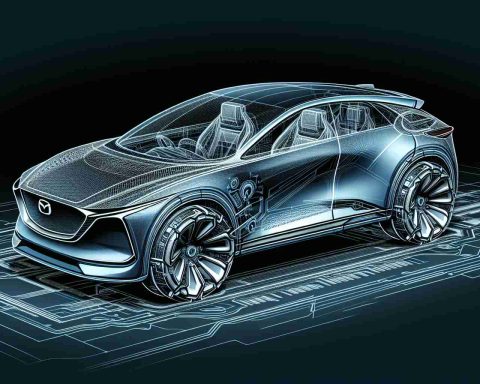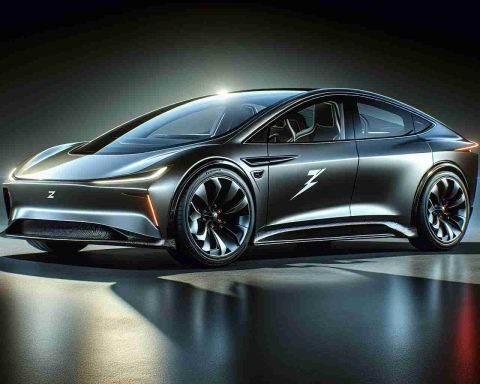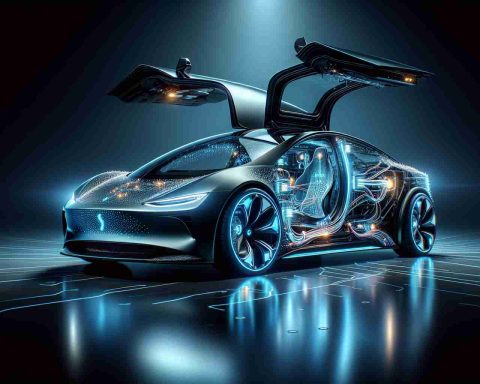- The UK aims for net-zero emissions by 2050, with a Zero Emission Vehicle Mandate starting in 2024.
- Battery Electric Vehicles (BEVs) are projected to see a 21.4% sales increase in 2025, reaching 462,000 units.
- Key drivers for BEV sales include improved charging infrastructure and decreasing battery costs.
- Consumer incentives such as tax breaks enhance the appeal of transitioning to electric vehicles.
- Plug-in Hybrid Electric Vehicles (PHEVs) are also expected to grow by 18.4% in 2025, capturing 10.2% of the market.
- By 2026, nearly 40% of new vehicles in the UK are expected to be electrified, marking a significant shift in the automotive landscape.
The UK is revving up its electric vehicle game, driven by a powerful commitment to achieve net-zero emissions and the upcoming Zero Emission Vehicle Mandate. From 2024 onwards, this mandate will mandate a substantial chunk of new car sales to be zero-emission vehicles, setting the stage for a green automotive revolution.
Battery Electric Vehicles (BEVs) are set to surge, with sales projected to leap by a stunning 21.4% in 2025, reaching 462,000 units. Several factors fuel this growth:
1. Booming Charging Infrastructure: Robust government and private sector investments are making charging stations increasingly accessible, dissolving range anxiety.
2. Falling Battery Costs: Innovations are driving battery prices down, making BEVs more wallet-friendly.
3. Attractive Consumer Incentives: Tax breaks and grants are sweetening the deal for prospective buyers.
4. Diverse Model Availability: With more options hitting the market, consumers are finding BEVs that suit their lifestyles.
Meanwhile, Plug-in Hybrid Electric Vehicles (PHEVs) are playing a vital transitional role. Although not expanding as rapidly as BEVs, they’re forecasted to soar by 18.4% in 2025, capturing 10.2% of the market. Their appeal lies in flexibility, allowing drivers to shift between electric and fuel seamlessly.
As the UK edges closer to the 2026 target of nearly 40% of new vehicles being electrified, the momentum is clear. With technological advancements and declining costs, the shift to zero-emission vehicles is unstoppable. Now is the prime time to embrace electric mobility and be part of this transformative journey towards a cleaner, greener future!
UK’s Electric Vehicle Revolution: What to Expect in 2026!
The automotive landscape in the UK is undergoing a significant transformation, fueled by a strong commitment to achieve net-zero emissions and the introduction of the Zero Emission Vehicle Mandate. With the goal set for 2026, the UK is positioning itself as a leader in electric mobility, embracing the latest innovations and market trends in the electric vehicle sector.
Key Developments in the Electric Vehicle Market
1. Growth Projections:
– Battery Electric Vehicles (BEVs) are projected to soar, with an expected leap in sales by 21.4% in 2025, totaling approximately 462,000 units.
– Plug-in Hybrid Electric Vehicles (PHEVs) are also on the rise, with an anticipated increase of 18.4% in 2025, potentially capturing 10.2% of the overall market.
2. Charging Infrastructure Enhancements:
– The expansion of charging stations across urban and rural areas is crucial in alleviating range anxiety among potential EV buyers. Investments are being made to ensure that charging points are conveniently located, thereby making electric vehicles more appealing.
3. Cost Reduction:
– The cost of batteries is declining, influenced by significant advancements in technology. As prices decrease, BEVs are becoming more accessible to a broader audience, encouraging a shift away from traditional combustion engines.
4. Government Incentives:
– Attractive consumer incentives including tax breaks, grants, and subsidies are enticing buyers to consider electric vehicles. These financial incentives are integral in boosting sales and promoting green alternatives.
Market Insights: Trends and Predictions
– The UK government aims for 40% of new vehicle sales to be electrified by 2026, reflecting a robust market shift towards sustainability.
– Innovations in battery technology, particularly solid-state batteries, promise enhanced performance and safety, further boosting consumer confidence in electric vehicles.
– Sustainability Initiatives like the recent strides in manufacturing processes are being implemented, focusing on reducing the carbon footprint and promoting recycling.
Most Important Questions
1. What are the long-term benefits of switching to electric vehicles in the UK?
– Electric vehicles contribute significantly to reducing greenhouse gas emissions, improving air quality, and promoting energy independence. They also tend to be cheaper to maintain compared to traditional vehicles.
2. How can consumers ensure they are making informed choices when purchasing electric vehicles?
– Consumers should assess various factors like range, charging capabilities, total cost of ownership, and available incentives. Consulting reviews and comparisons can aid in making the best decision.
3. What challenges do electric vehicle manufacturers face in meeting market demand?
– Manufacturers face challenges such as supply chain disruptions for critical components (e.g., batteries), fluctuating raw material costs, and the need for significant investments in production capacity and innovation.
For more details on the electric vehicle landscape in the UK, visit UK Government.
